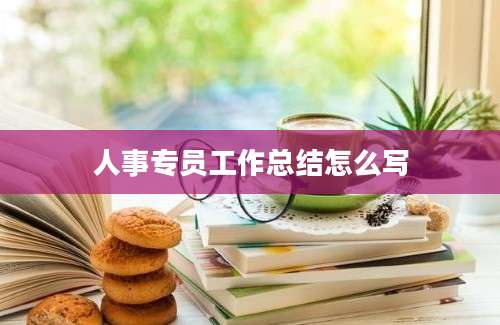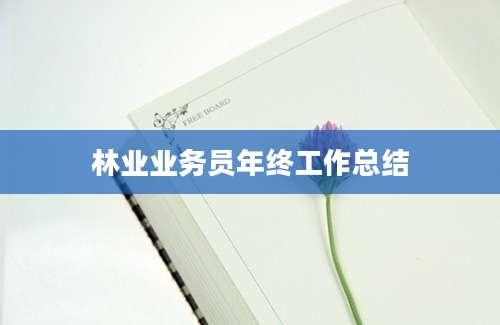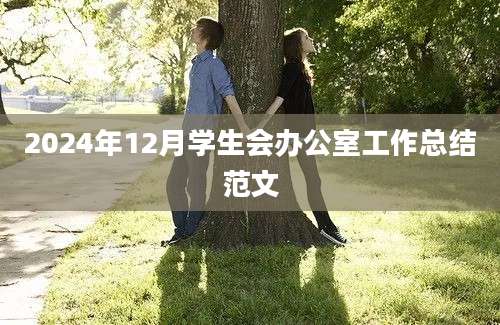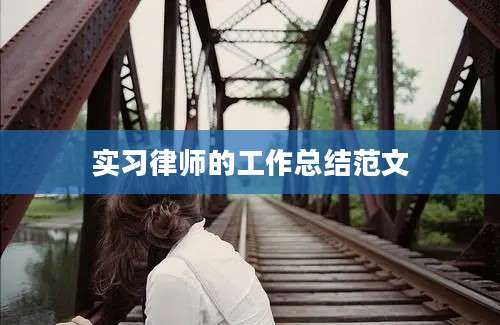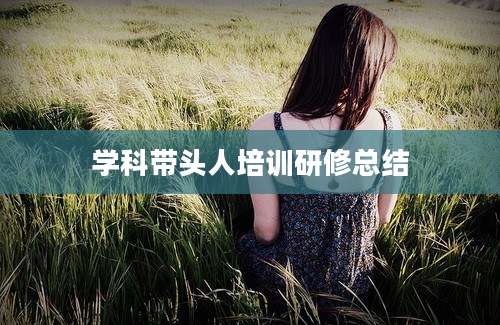范文:
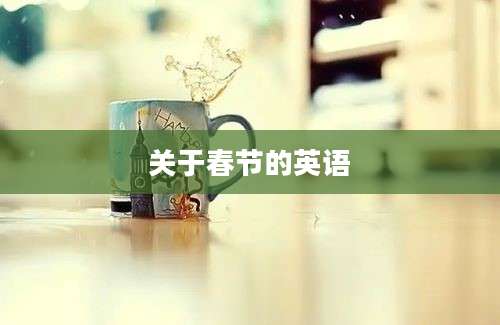
Celebrating the Chinese New Year: A Glimpse into the Festival of Spring
The Chinese New Year, also known as the Spring Festival, is one of the most significant and widely celebrated festivals in China. It marks the beginning of a new lunar year and is a time for family reunions, traditional customs, and festive activities. Here's a brief overview of the festivities:
Family Reunions
The most important aspect of the Chinese New Year is the family reunion. People travel great distances to be with their families, and the holiday is a time for reconciliation and togetherness. The evening of New Year's Eve is particularly important, as families gather to have a feast and watch the Spring Festival Gala, a televised variety show.
Traditional Customs
The festival is filled with a variety of customs and rituals. Homes are cleaned thoroughly to sweep away bad luck and make room for good fortune. Decorations like red lanterns, couplets, and paper cuttings are hung to symbolize joy and happiness. Red, the color of luck and prosperity, is prevalent in all aspects of the celebration.
Fireworks and Firecrackers
On New Year's Eve, fireworks and firecrackers are set off to ward off evil spirits and attract good luck. The sound of fireworks is a common sound during the festival, and it is believed that the louder the noise, the better the luck for the coming year.
Feast and Sweets
The New Year's Eve dinner, known as the Reunion Dinner, is a grand feast with a variety of dishes. Certain foods are associated with good luck and prosperity, such as dumplings (representing wealth) and fish (indicating surplus).
Gifts and Red Envelopes
During the Chinese New Year, gifts are exchanged between friends and family. Red envelopes, or hongbao, containing money are given to children and unmarried adults as a symbol of good wishes and luck.
Folk Performances
Traditional performances like dragon and lion dances are a common sight during the festival. These dances are believed to bring good luck and ward off evil spirits.
New Year's Day Parades
In many cities, there are parades on New Year's Day, with floats, music, and performances, celebrating the beginning of the new year.
Wearing New Clothes
It's customary for people to wear new clothes during the Chinese New Year, symbolizing a fresh start and the shedding of old misfortunes.
The Chinese New Year is not just a celebration; it's a time to honor ancestors, to reflect on the past year, and to look forward to the future with hope and optimism.
常见问答知识清单:
1. 什么是中国新年?
2. 中国新年的日期是如何确定的?
3. 中国新年的传统习俗有哪些?
4. 为什么中国新年被称为春节?
5. 中国新年期间为什么要放鞭炮?
6. 红包在中国新年有什么意义?
7. 中国新年有哪些传统的食物?
8. 中国新年期间家庭团聚的重要性是什么?
9. 中国新年有哪些传统的民间艺术表演?
10. 中国新年是如何影响中国社会的?
详细解答:
1. 什么是中国新年?
中国新年,又称春节,是中国的传统农历新年,标志着农历新年的开始,通常在每年的1月或2月,具体日期根据农历而定。
2. 中国新年的日期是如何确定的?
中国新年的日期是根据农历确定的,即月亮绕地球一周的时间,大约是354或355天。因此,每年的中国新年日期都会比上一年晚几天。
3. 中国新年的传统习俗有哪些?
中国新年的传统习俗包括家庭团聚、扫尘、贴春联、挂灯笼、放鞭炮、吃年夜饭、发红包、拜年、舞龙舞狮等。
4. 为什么中国新年被称为春节?
春节是春季的第一个节日,因此得名“春节”。它象征着新的一年的开始和春天的到来。
5. 中国新年期间为什么要放鞭炮?
放鞭炮是为了驱赶邪恶的鬼魂和迎接好运。传统上认为鞭炮的响声可以吓跑邪恶,带来和平与好运。
6. 红包在中国新年有什么意义?
红包是一种红色的信封,里面装有现金,通常在春节期间给小孩或未婚成年人。它象征着好运和祝福。
7. 中国新年有哪些传统的食物?
中国新年的传统食物包括饺子(象征财富)、鱼(象征年年有余)、年糕(象征年年高升)和汤圆(象征团圆)。
8. 中国新年期间家庭团聚的重要性是什么?
家庭团聚是中国新年最重要的传统之一,它象征着家庭的和谐与幸福,也是对祖先的尊敬和纪念。
9. 中国新年有哪些传统的民间艺术表演?
传统的民间艺术表演包括舞龙舞狮、踩高跷、扭秧歌、杂技表演等,这些表演旨在带来好运和娱乐。






